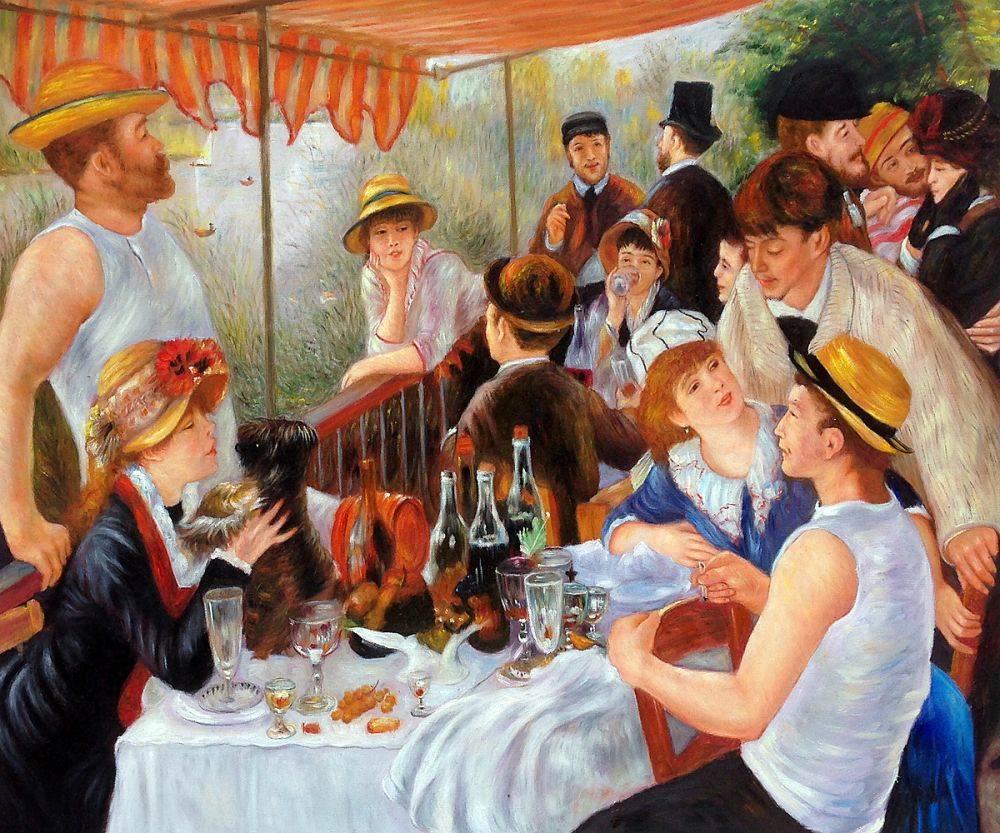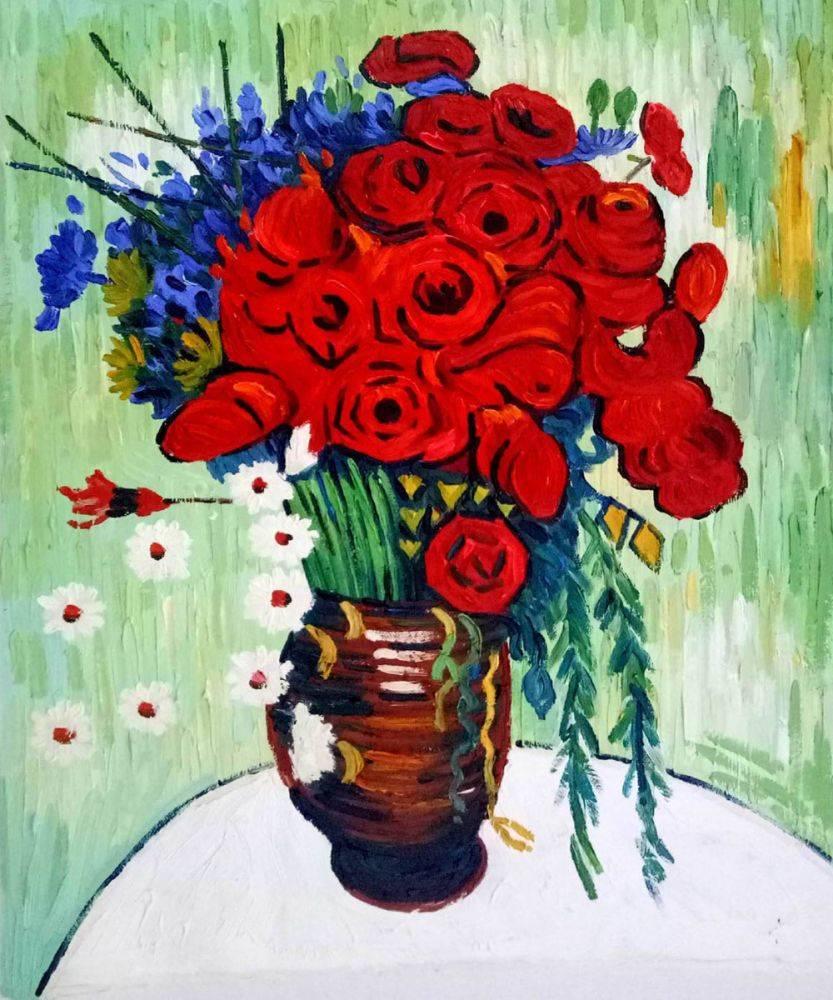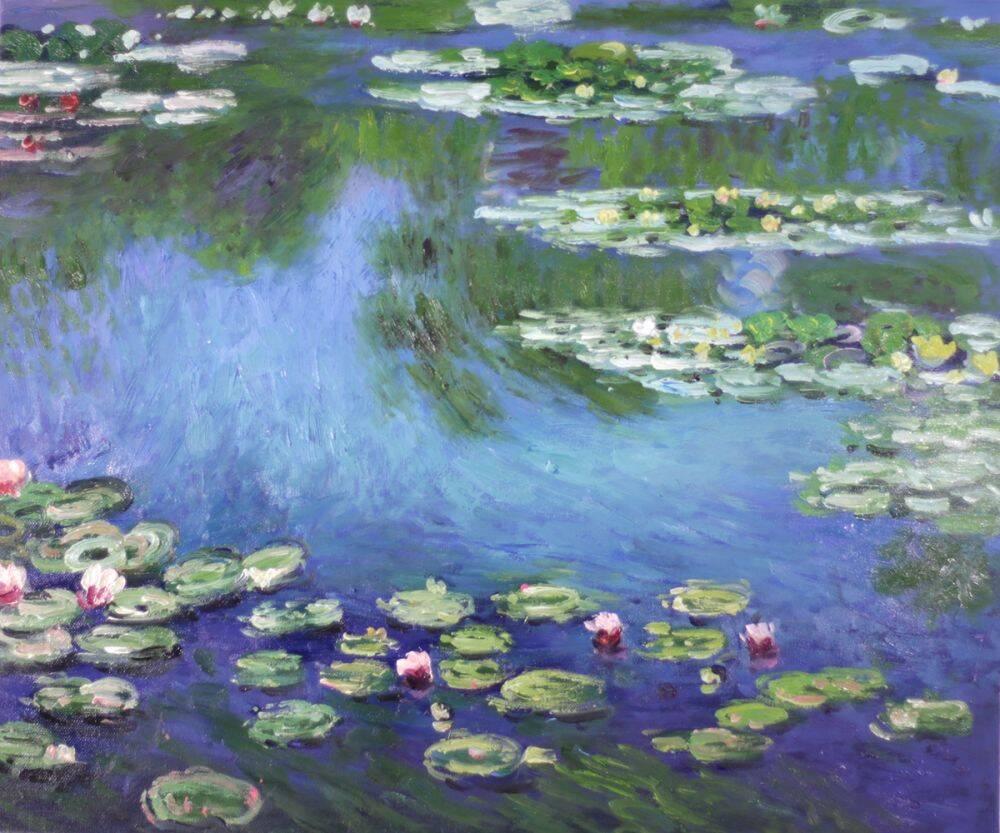Art
Picasso & Cézanne – Old Masters & Young Geniuses
The best selling author, Malcom Gladwell wrote a great article in his New Yorker Column. The article is called Late Bloomers – it attempts to explain the differences between prodigy type geniuses and acquired greatness over time. In the article he uses many examples, one such example is a comparison between the life works Pablo Picasso and Paul Cézanne:
As an art lover, I know Picasso and Cézanne’s stories well. Picasso was the incandescent prodigy. His career as a serious artist began with a masterpiece, “Evocation: The Burial of Casagemas,” produced at age twenty. In short order, he painted many of the greatest works of his career, including “Les Demoiselles d’Avignon,” early on at the young age of twenty-six.
Picasso fits our usual conceptual ideas about geniuses, Cézanne is a different story. If you go to the Cézanne room at the Musée d’Orsay, in Paris-the finest collection of Cézannes in the world, the array of masterpieces you’ll find along the back wall were all painted at the end of his career.
Through a simple economic analysis, tabulating the prices paid at auction for paintings by Picasso and Cézanne with the ages at which they created those works. A painting done by Picasso in his mid-twenties is worth, an average of four times as much as a painting done in his sixties. For Cézanne, the opposite is true. The paintings he created in his mid-sixties were valued fifteen times as highly as the paintings he created as a young man.
The freshness, exuberance, and energy of youth did little for Cézanne. He was a late bloomer – and for some reason in our accounting of genius and creativity we have forgotten to make sense of the Cézannes of the world.
Prodigies like Picasso rarely engage in an open-ended exploration. They tend to be “conceptual”, in the sense that they start with a clear idea of where they want to go, and then they execute it. “I can hardly understand the importance given to the word ‘research’,” Picasso once said in an interview with the artist Marius de Zayas. “In my opinion, to search means nothing in painting. To find is the thing.” He continued, “The several manners I have used in my art must not be considered as an evolution or as steps toward an unknown ideal of painting….I have never made trials or experiments.”
But late bloomers tend to work the other way around. Their goal is imprecise and experimental, so their procedure is tentative and incremental.
Where Picasso wanted to find, not search, Cézanne said the opposite: “I seek in painting.” That’s how that kind of mind figures out what it wants to do. When Cézanne was painting a portrait of the critic Gustave Geffroy, he made him endure eighty sittings, over three months, before announcing the project a failure. (The result is one of those string-masterpieces in the Musée Orsay.) When Cézanne painted his dealer, Ambrose Vollard, he made Vollard arrive at eight in the morning and sit on a rickety platform until eleven-thirty, without a break, on a hundred and fifty occasions—before abandoning the portrait. He would paint a scene, then repaint it, then paint it again. He was notorious for slashing his canvases to pieces in fits of frustration.
The idea that creativity can be divided into these types: conceptual and experimental – has a number of important implications. For example, we sometimes think of late bloomers as late starters. They don’t realize they’re good at something until they’re fifty, so of course they achieve late in life. But that’s not quite right. Cézanne was painting almost as early as Picasso was. We also sometimes think of them as artists who are discovered late; the world is just slow to appreciate their gifts. In both cases, the assumption is that the prodigy and the late bloomer are fundamentally the same, and that late blooming is simply genius under conditions of market failure. However, the argument could be made that late bloomers bloom late because they simply aren’t much good until late in their careers.
“All these qualities of his inner vision were continually hampered and obstructed by Cézanne’s incapacity to give sufficient verisimilitude to the personae of his drama,” the great English art critic Roger Fry wrote of the early Cézanne. “With all his rare endowments, he happened to lack the comparatively common gift of illustration, the gift that any draughtsman for the illustrated papers learns in a school of commercial art; whereas, to realize such visions as Cézanne’s required this gift in high degree.” In other words, the young Cézanne couldn’t draw. Of “The Banquet,” which Cézanne painted at thirty-one, Fry writes, “It is no use to deny that Cézanne has made a very poor job of it.” Fry goes on, “More happily endowed and more integral personalities have been able to express themselves harmoniously from the very first. But such rich, complex, and conflicting natures as Cézanne’s require a long period of fermentation.” Cézanne was trying something so elusive that he couldn’t master it until he’d spent decades practicing.
The marketplace works only for people like Picasso, whose art emerges, fully realized, at the beginning of their career. Picasso, whose talent was so blindingly obvious that an art dealer offered him a hundred-and-fifty-franc-a-month stipend the minute he got to Paris, at age twenty. If you are the type of creative mind that starts without a plan, and has to experiment and learn by doing, you need someone to see you through the long and difficult time it takes for your art to reach its true level.
This is what is so instructive about any biography of Cézanne. Accounts of his life start out being about Cézanne, and then quickly turn into the story of Cézanne’s circle. First and foremost is always his best friend from childhood, the writer Émile Zola, who convinces the awkward misfit from the provinces to come to Paris, and who serves as his guardian and protector and coach through the long, lean years.
Camille Pissarro was the next critical figure in Cézanne’s life. It was Pissarro who took Cézanne under his wing and taught him how to be a painter. For years, there would be periods in which they went off into the country and worked side by side.
Then there was Ambrose Vollard, the sponsor of Cézanne’s first one-man show, at the age of fifty-six. At the urging of Pissarro, Renoir, Degas, and Monet, Vollard hunted down Cézanne in Aix. He spotted a still-life in a tree, where it had been flung by Cézanne in disgust. He poked around the town, putting the word out that he was in the market for Cézanne’s canvases.
Finally, there was Cézanne’s father, the banker Louis-Auguste. From the time Cézanne first left Aix, at the age of twenty-two, Louis-Auguste paid his bills, even when Cézanne gave every indication of being nothing more than a failed dilettante. But for Zola, Cézanne would have remained an unhappy banker’s son in Provence; but for Pissarro, he would never have learned how to paint; but for Vollard (at the urging of Pissarro, Renoir, Degas, and Monet), his canvases would have rotted away in some attic; and, but for his father, Cézanne’s long apprenticeship would have been a financial impossibility. That is an extraordinary list of patrons. The first three—Zola, Pissarro, and Vollard—would have been famous even if Cézanne never existed, and the fourth was an unusually gifted entrepreneur who left Cézanne four hundred thousand francs when he died. Cézanne didn’t just have help. He had a dream team in his corner.
Late bloomers’ stories are invariably love stories, and this may be why we have such difficulty with them. We’d like to think that mundane matters like loyalty, steadfastness, and the willingness to keep writing checks to support what looks like failure have nothing to do with something as rarefied as genius. But sometimes genius is anything but rarefied; sometimes it’s just the thing that emerges after twenty years of painting at your kitchen table.



